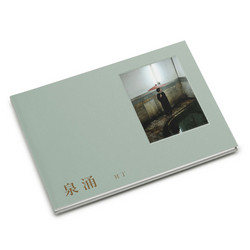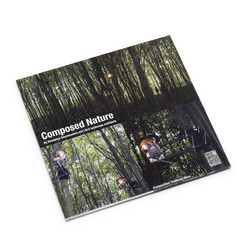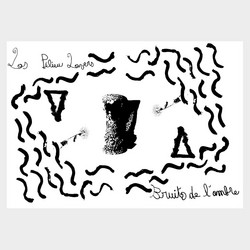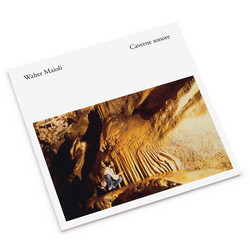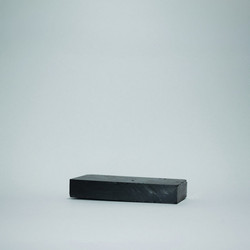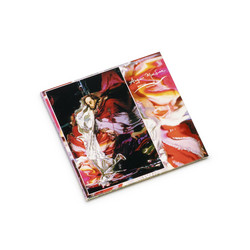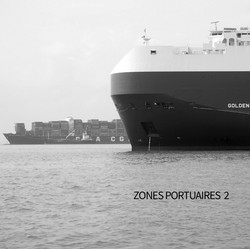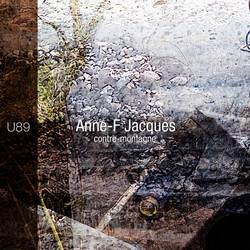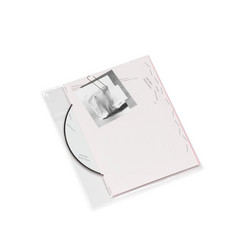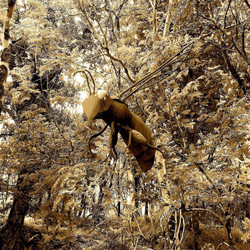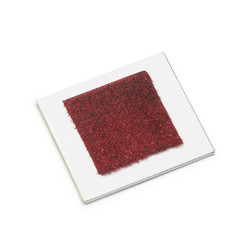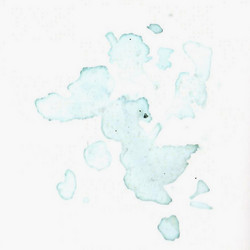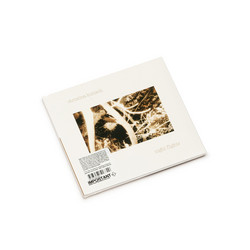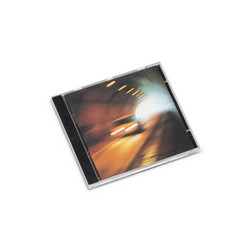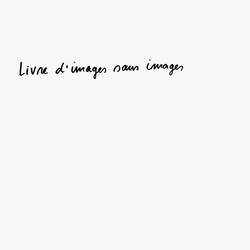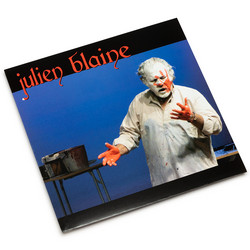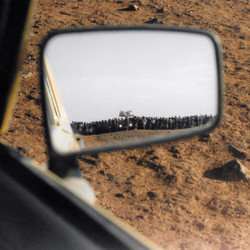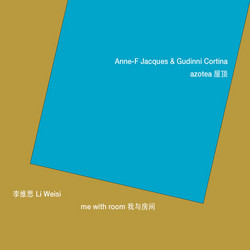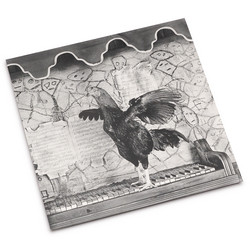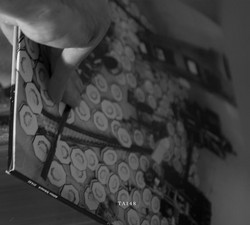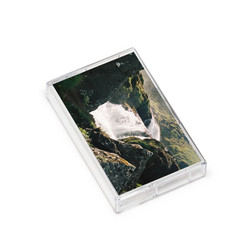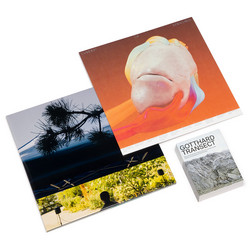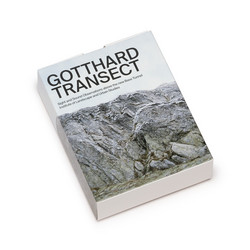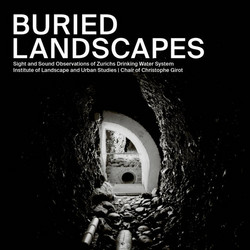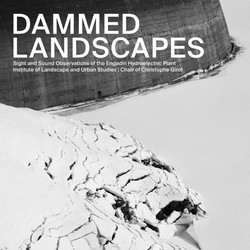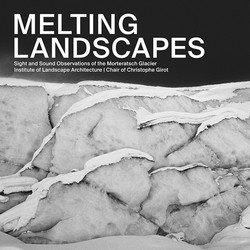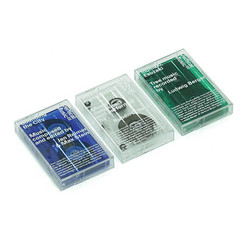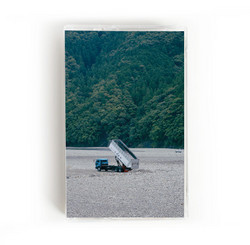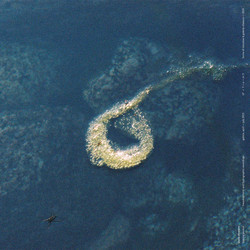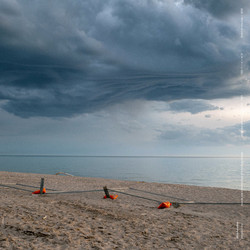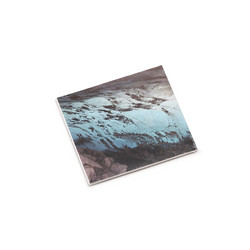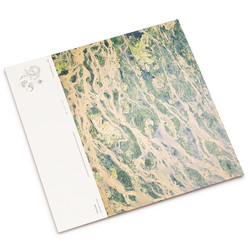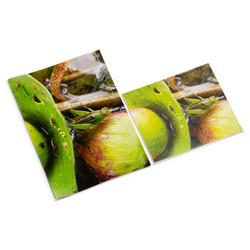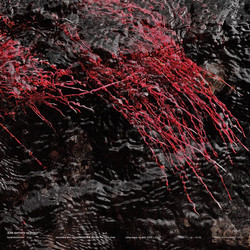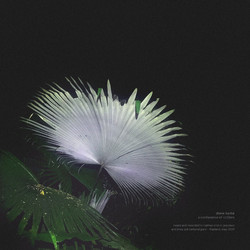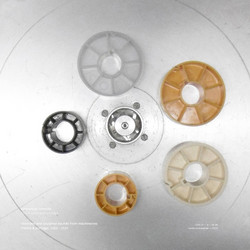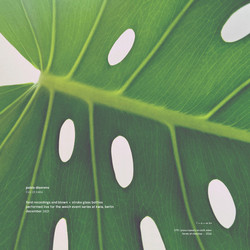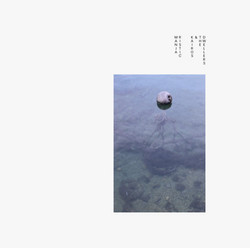Tip! *200 copies limited edition* 2025 was declared the International Year of Glaciers’ Preservation by the United Nations, accompanied by the proclamation of March 21st of each year as the World Day for Glaciers starting this year. As they put it, “this is an opportunity to raise global awareness about the critical role of glaciers, snow and ice in the climate system and the hydrological cycle, and the economic, social and environmental impacts of the impending changes in the Earth’s cryosphere.” To celebrate this decision forms of minutiae presents a series of albums dedicated to glaciers and the acoustic multiplicity of the ice with field recording works by Marc Namblard, Ludwig Berger, Yoichi Kamimura, Cheryl E. Leonard, and Pablo Diserens. Following Marc Namblard’s "arctic summer", the series continues with its second album, "crying glacier", an intimate collaboration between the Vadret da Morteratsch (Morteratsch Glacier) and landscape sound artist and educator Ludwig Berger.
The album was mainly recorded during the filming of the eponymous film "Crying Glacier", directed by Lutz Stautner (featured above), which documents Ludwig Berger’s recording and listening practice with the Morteratsch Glacier in the Swiss Alps. Much like the documentary, the LP version unveils the profound relationship between the glacier and the listener. Berger spent a decade visiting Morteratsch, so frequently that each time he returned, it felt like he was coming back to someone, not just something. “Like seeing an old friend” he shares in the film’s voice over. This intimacy is made palpable throughout the album. With each track the subtle, yet complex, soundscape of the glacier unfolds in myriads of sonic articulations. The melting ice grunts, growls, bubbles, cracks, breaks, snaps, gushes, trickles, and leaks — all in a splendid and intricate vocabulary. “A form of language” states Berger. Indeed, the abundance of lexicon birthed by the Morteratsch cannot be overstated. The strings of bubbles that the glacier releases as it melts bear not only the Earth’s ancient atmosphere but also a stunning range of expressivity. Bizarre voices materialize in water-filled crevasses, each with their own rhythm and phrasing. Some echo avian songs, some mammal grunts, some human speech, and some even venture into synthesizer mimicry. Throughout the album, these voices accumulate into a thick, multi-layered, glacial noise, as if Berger invited us into the microcosm of the ice. This extreme proximity is only occasionally interrupted by sudden zoom-outs that reveal the arid soundscape of the surrounding valley. “The zone where the glacier has recently melted is like a desert”, alerts Berger, a warning embodied by the album’s last track which imagines the future soundscape of the Morteratsch Valley stripped of its glacier. The elaborate language that once inhabited this land is now gone. In its place the air is filled by bird songs, insect stridulations, and airplane motors, all foreshadowing the possible heat that awaits the Alps.
“Without climate protection, it is likely that Ludwig Berger’s recordings will outlive alpine glaciers”, warns the film in its last shot, showing the valley overtaken by greenery. It is not exaggerated. The ice carried the planet’s history for millennia yet it is disappearing at an alarming rate. As a response, the album invites listeners to relate to the glacier as a body, filled with life, here gently auscultated by Berger’s hydrophones. With "crying glacier" and its intrinsic more-than-human collaborative nature, Ludwig Berger amplifies the Morteratsch Glacier’s voice to emphasize its personhood, and other glaciers' urgent need for recognition and preservation.
